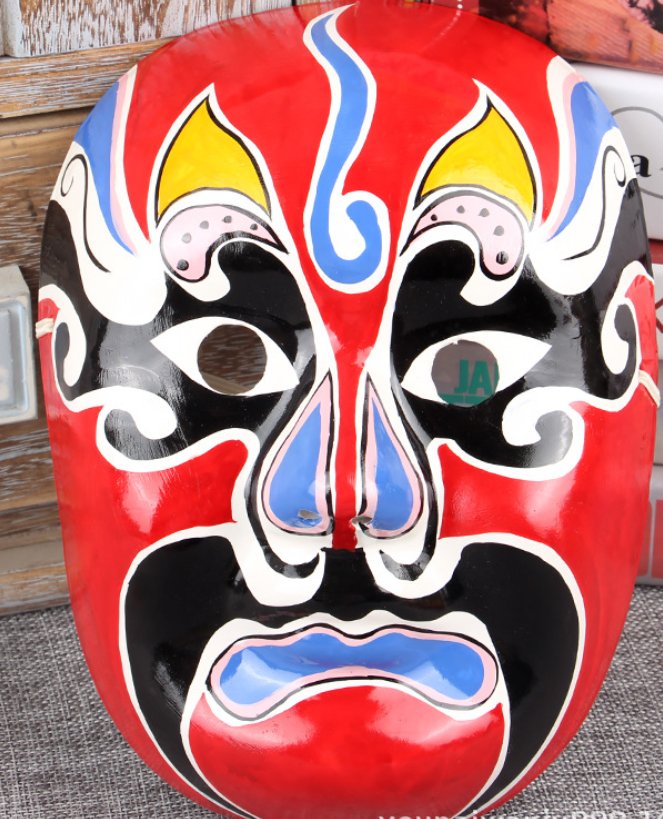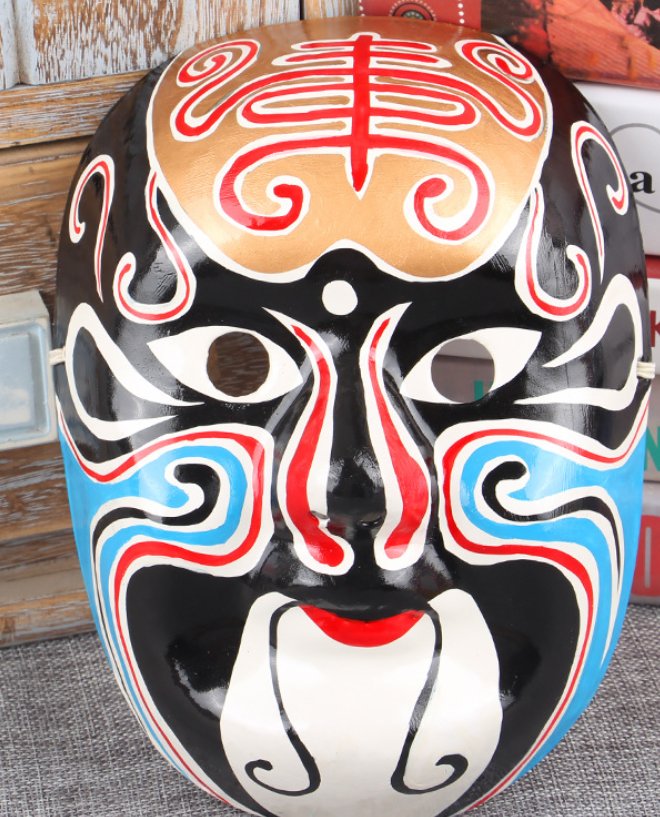

By the late Koryo period of the 12th to 14th centuries, talchum as we know it had emerged. Silla-era kommu was very popular during the Koryo Dynasty-from 918 to 1392 CE-and by that time the performances certainly included masked dancers.

The Silla Kingdom-which existed from 57 BCE to 935 CE-had a traditional sword dance called "kommu" wherein the dancers may have also worn masks.

The first talchum performances probably took place during the Three Kingdoms Period, from 18 BCE to 935 CE. In any case, traditional Korean masks have been used for funerals, curing ceremonies, satirical plays and pure entertainment for centuries. The shaman or " mudang" and her assistants would put on masks and dance in order to scare away the demons.

For example, "talnatda " means "to become ill" or "to have trouble." The "talnori," or mask dance, originated as a shamanist practice meant to drive evil spirits of illness or bad luck out of an individual or a village. Other scholars note that the root "tal " appears in the Korean language to denote illness or misfortune. Some of the "talchum," or plays performed through dance, also mock stereotyped versions of annoying personalities within the lower classes: the drunkard, the gossip, the flirt, or the constantly-complaining grandmother. The masks offered freedom for performers to anonymously express their criticisms of powerful local people, such as members of the aristocracy or the Buddhist monastic hierarchy. However, the original sense was "to let something go" or "to be free." The mask was taken to Japan as war booty by General Konishi Yukinaga between 15, and then it disappeared for 400 years.Īccording to one theory, the word "tal" was borrowed from Chinese and is now used to mean "mask" in Korean. However, a time-worn mask recently put on display at a museum in Japan appears to be Huh's long-lost 12th-century carving of Byulchae, The Tax-Collector. Nine of the Hahoe masks have been designated as "Cultural Treasures" of Korea the other three designs have been lost over time. The artist immediately suffered a massive hemorrhage and died, leaving the final mask without its lower jaw. Just as he completed the upper half of the last character Imae, "The Fool," a love-struck girl peeked into his workshop to see what he was doing. He had been ordered by the gods to create 12 different masks without having any contact with other people until he was finished. The craftsman Huh Chongkak ("Bachelor Huh") bent over his carving, chiseling the wood into a laughing mask. The origin tale of the Hahoe type of Korean mask known as "tal" begins in the middle of the Goryeo Dynasty (50 BCE–935 CE) era in Korea.


 0 kommentar(er)
0 kommentar(er)
